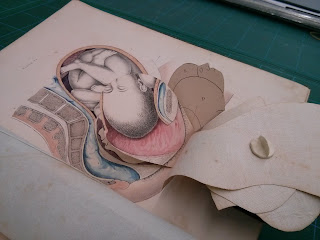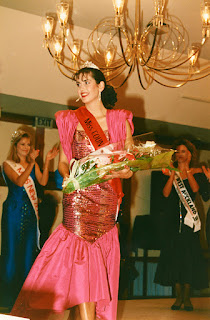Parihaka

Background After the signing of Te Tiriti o Waitangi – The Treaty of Waitangi in 1840 the European population of Aotearoa New Zealand began to increase rapidly. Settlers wanted land. From early on, the area around Mt Taranaki had been identified as ideal land for British settlement. The New Zealand Company , an organisation which focused on colonisation and land sales, was involved in the settlement of New Plymouth and several extremely dubious land purchases in Taranaki in the late 1830s and early 1840s. New Zealand Company artist Charles Heaphy produced an enticing, idealised painting of Mt Egmont / Mt Taranaki to attract potential migrants. However, there was nothing to indicate that this was the ancestral tribal land of Te Ātiawa and other Taranaki Māori. When the new Colonial government was established, land purchase officers were officially appointed to purchase Māori land for the Crown, as outlined in the Treaty. Ref: Heaphy, Charles, 1820-...




